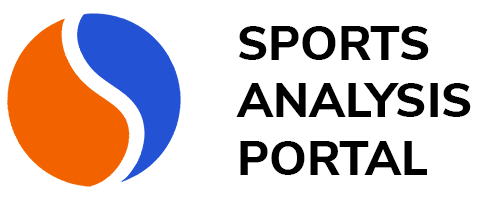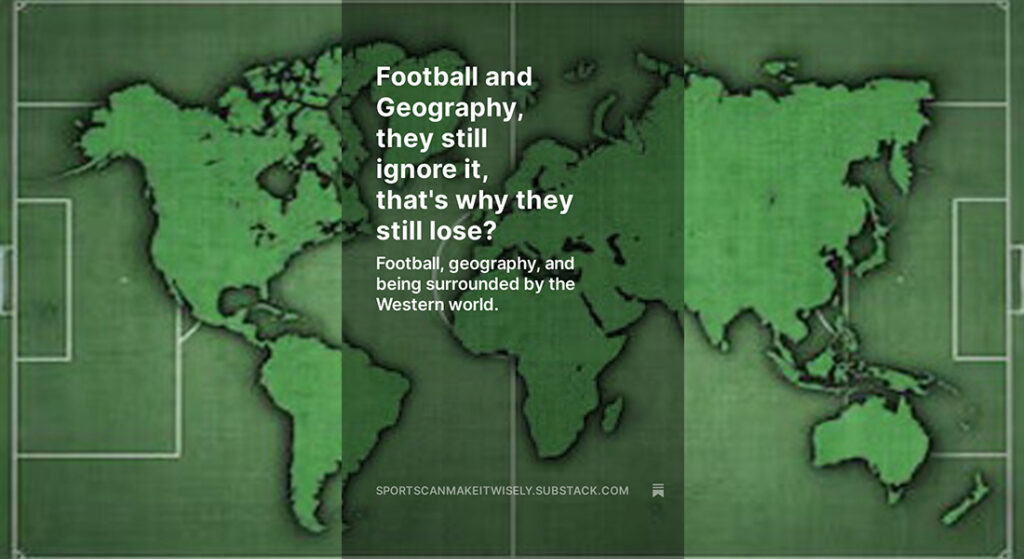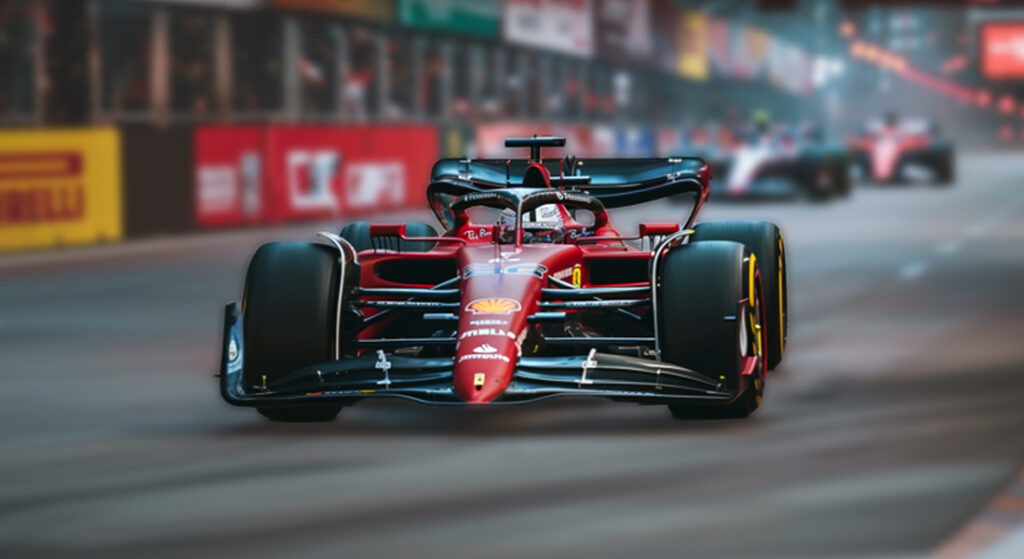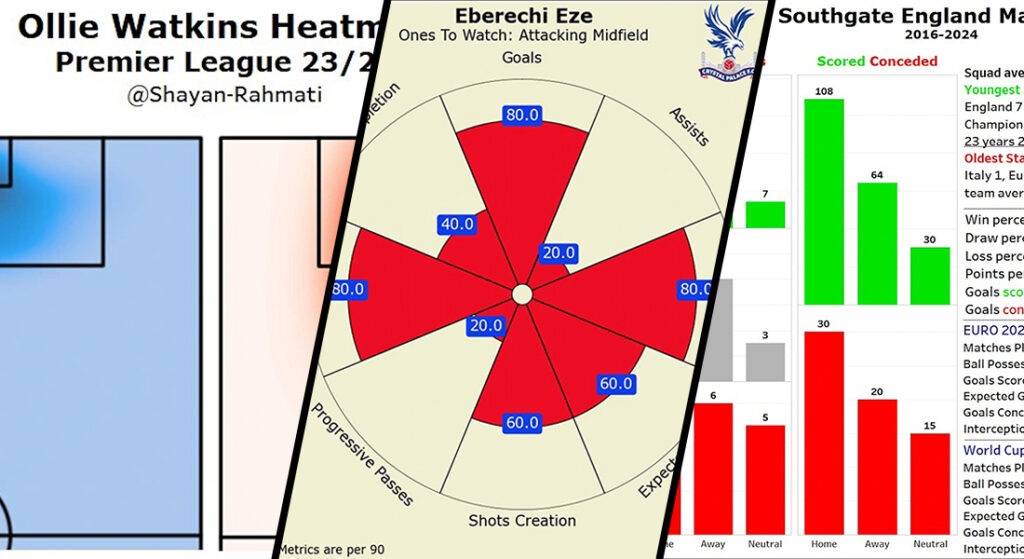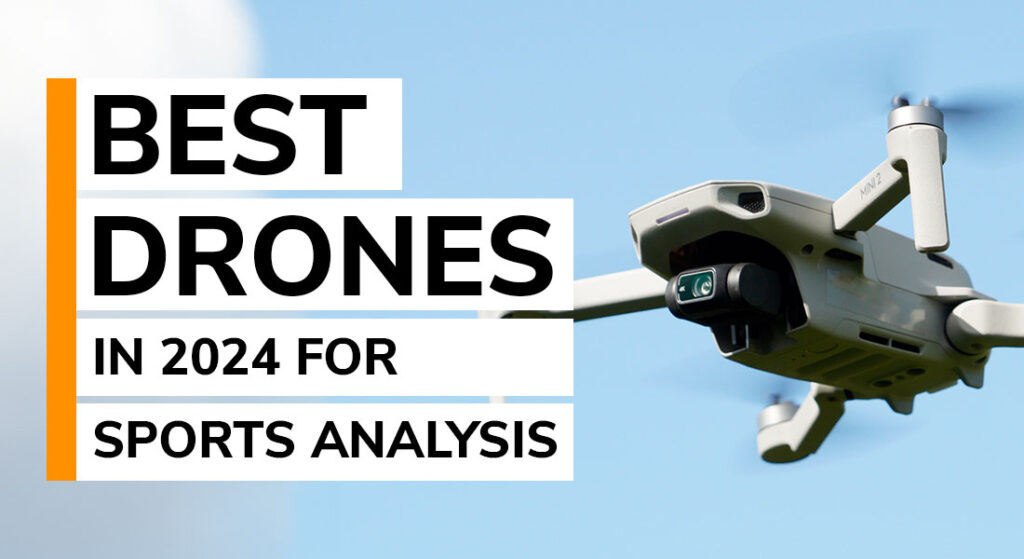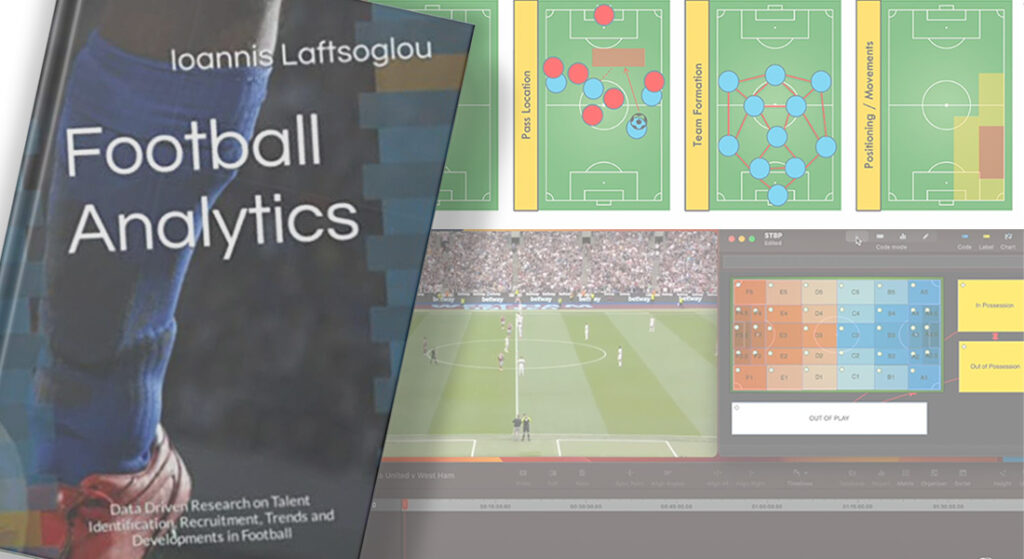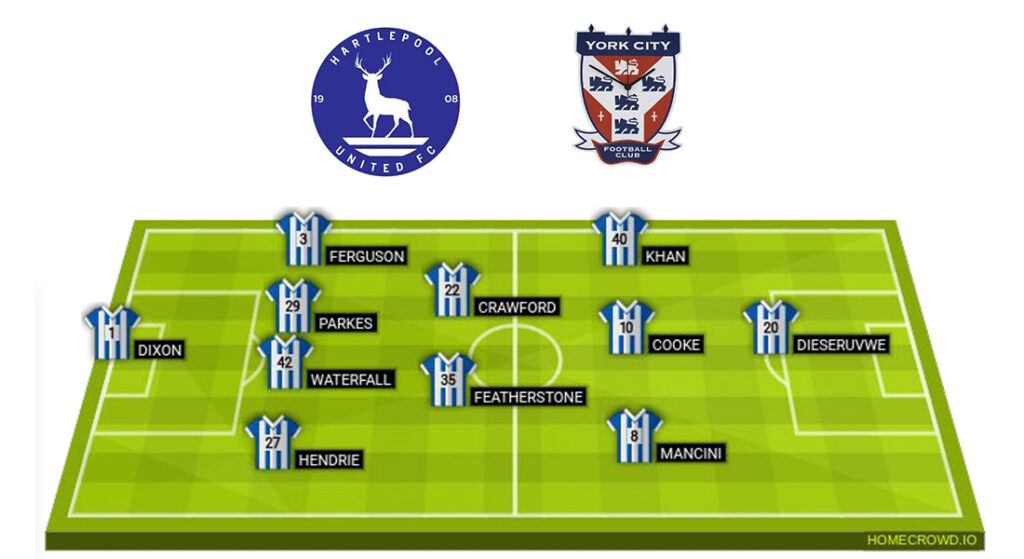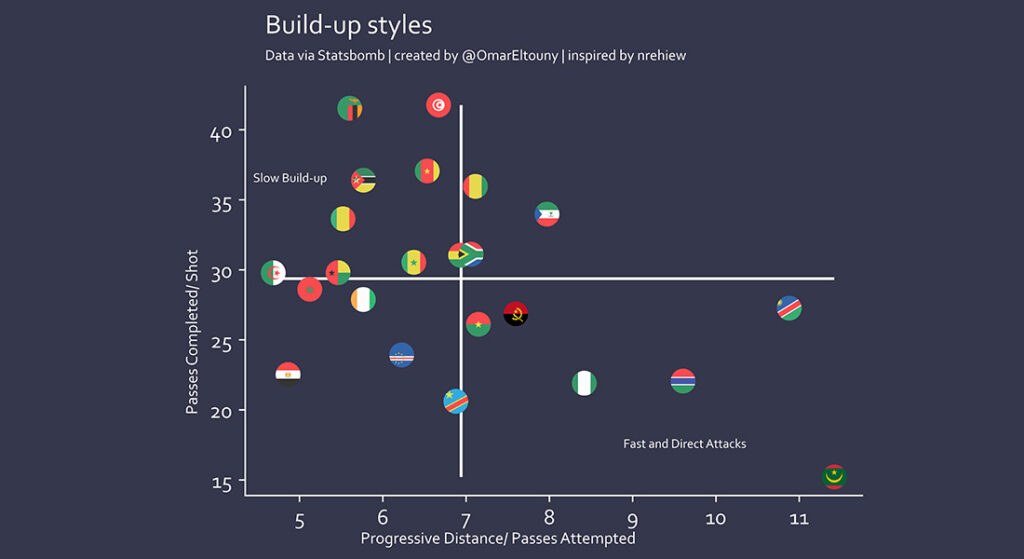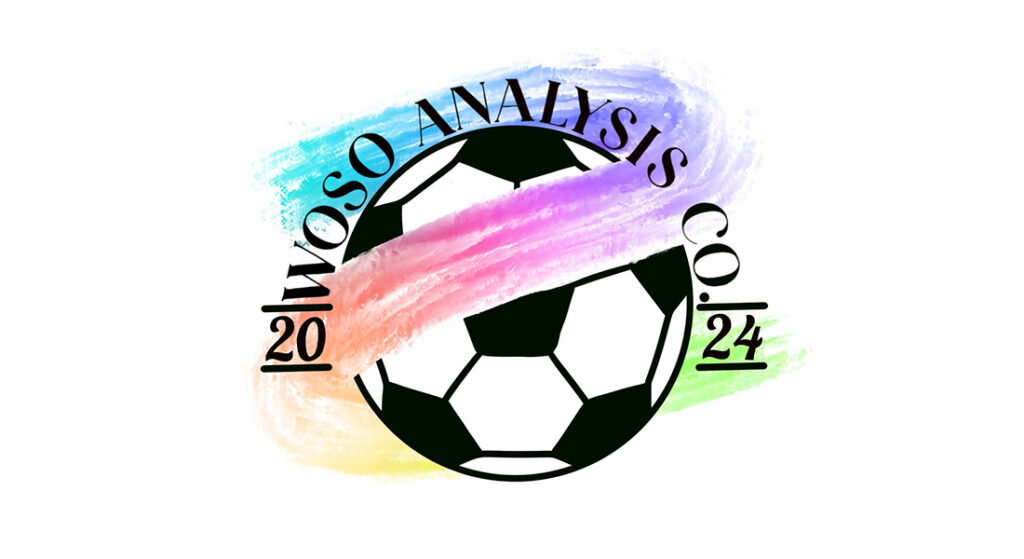In the high-stakes world of sports sponsorship, staying ahead of the competition demands more than securing deals with top teams. Brands must ensure that their investments yield maximum exposure, and that’s where cutting-edge technologies like image recognition and artificial intelligence (AI) come into play. These advanced tools are transforming how sponsorships are tracked and providing unprecedented insights into their effectiveness. This article delves into the intricacies of how sports-specific knowledge in conjunction with image recognition and AI is revolutionising sponsorship tracking from broadcast to social media posts.
How Image Recognition and AI Work in Sponsorship Tracking
Image Recognition
Image recognition technology involves using computer algorithms to identify and process images to recognise objects, logos, and other specific details. In the context of sports sponsorship, image recognition software can scan broadcast footage, social media posts, and other digital content to detect and track the appearance of brand logos and advertisements. This technology leverages sophisticated pattern recognition and machine learning techniques to differentiate between various visual elements in the media.
Nike, a global leader in sports apparel, could leverage image recognition technology to track and measure the visibility of its logo during live sports broadcasts. By deploying advanced image recognition software, Nike can analyse every instance where their logo appears on athletes’ apparel, from jerseys to footwear. This real-time analysis allows Nike to quantify the exact exposure their brand receives during high-visibility events like the NBA Finals or the Olympics. This data collection extends beyond video content to include still images shared on social media platforms, providing a holistic view of a brand’s exposure.
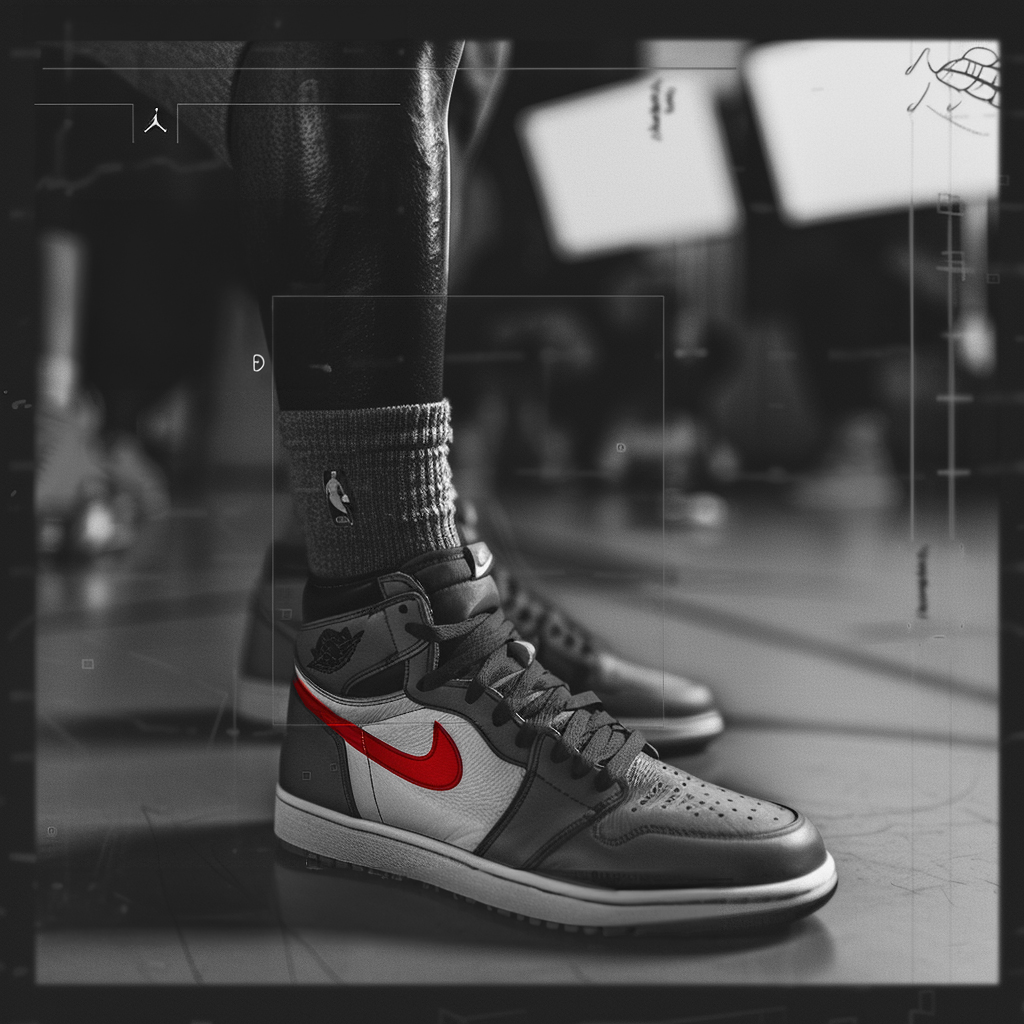
AI-Driven Analysis
The combination of AI and image recognition involves several key processes:
- Data Collection: AI systems collect vast amounts of visual data from multiple sources, including live broadcasts, social media posts, and streaming platforms.
- Model Training: Machine learning models, particularly CNNs, are trained on large datasets to recognise and differentiate brand logos and sponsorship elements.
- Real-Time Processing: AI algorithms process visual data in real time, identifying and tagging logos as they appear in various media.This vastly improves the previous process of manually coding each instance as it appears in a broadcast.
- Accuracy Improvement: Through continuous learning, AI systems improve accuracy over time, adapting to new patterns and conditions, such as different lighting and angles.
These AI systems can distinguish between different brands even in challenging conditions such as low lighting, partial occlusion, or rapid movement. In Formula One, for instance, AI adapts to the varying lighting conditions between tracks, with unique environments like the night races or the Monaco tunnel posing additional challenges. Over time, as the AI processes more data, it becomes better at recognising subtle variations in brand logos and can even predict the likelihood of a logo appearing in certain contexts.
Real-World Applications and Benefits
Comprehensive Media Valuation
Comprehensive media valuation is a primary benefit of image recognition and AI in sponsorship tracking. Companies like GumGum use these technologies to analyse live broadcasts, social media, and streaming platforms, providing precise media valuations. This enables sponsors to understand the full media value of their sponsorships, ensuring accurate ROI (return-on-investment) calculations.
AI-powered analytics can scan thousands of images and videos to detect brand logos and measure their exposure.
The technology assesses the exposure value of a logo by considering factors such as screen size, duration of appearance, and the context within which it appears. This detailed analysis helps brands quantify the exact value of their sponsorship investments, comparing them against predefined KPIs to evaluate effectiveness.
Enhanced Sponsorship Insights
AI-driven platforms provide detailed insights into brand exposure by analysing how often and where logos appear during events. Formula 1 teams have embraced this technology to optimise the placement of sponsor logos on their cars and uniforms. Given the high-speed nature of the sport, ensuring that sponsor logos are visible during broadcasts is crucial. Teams like Oracle Red Bull Racing and Mercedes-AMG Petronas use AI-driven analysis to determine the most effective placements for their sponsors’ logos.
These AI systems analyse footage from previous races to identify which areas of the car are most frequently visible during broadcasts. For example, the rear wing, which is often shown during overtakes and high-speed chases, is a prime spot for logo placement. Similarly, the halo, a protective structure around the driver’s cockpit, has become a popular location for sponsors due to its consistent visibility in driver-focused shots. A different placement for sponsors in F1 is on the front wing, a frequently damaged part of the F1 car that is live broadcast during damage reports.

By examining these detailed insights, brands can identify peak times and locations for logo visibility, allowing them to strategically place their advertisements. In football stadiums, understanding when advertisements are most likely to be viewed during goals or key moments is crucial. This is where sports analytics within the respective sports become highly influential in calculating the prime locations and times for advertisements to appear.
Real-Time Data and Granular Insights
Real-time data is a significant advantage of using AI and image recognition in sponsorship tracking. Technologies from companies like Relo Metrics and Nielsen offer real-time viewership and impression data, providing granular insights into sponsorship performance across various channels. This real-time tracking allows brands to adjust their strategies swiftly to maximise exposure and engagement.
Real-time viewership and impression data provide granular insights into the performance of sponsorships across various channels.
This adaptability ensures that sponsorship investments remain effective and responsive to real-time viewer behaviour. This approach is particularly useful in sports like basketball or American football, where numerous advertising opportunities arise during stoppages in play.
Sport-Specific Knowledge
Historical Partnerships
In the world of sports sponsorship, brands need to utilise sport-specific data and analysis to maximise their exposure and return on investment. This involves understanding the unique characteristics of each sport, analysing the style of play and viewership patterns, and identifying up-and-coming athletes who have the potential to become iconic figures. By focusing on these elements, brands can strategically align themselves with athletes and teams that offer the greatest visibility and engagement.
Key performance indicators (KPIs) that are important in selecting athletes and teams include live match viewership, highlight views, social media following, performance metrics, growth trends, and engagement rates on social media. For example, in football, teams that consistently reach the later stages of major tournaments attract more attention and provide greater visibility for their sponsors. Staying with these teams for extended periods can make the sponsor memorable during that time. In the images below, two teams with the same sponsor will instinctively be recognised by the sponsors on their shirts even with minimal cues.

Successful teams and athletes not only boost brand awareness but also attractive playstyles can increase exposure. This may involve teams that consistently outscore their opponents or create memorable moments in their matches, which are then shared on social media. Athletes featured in highlight reels and social media posts provide sponsors with valuable opportunities to negotiate better sponsorship terms or focus their marketing efforts on high-impact athletes.
Additionally, organisations can scout athletes who align with their brand and have the potential to become iconic figures. Partnerships with rising stars can lead to substantial long-term benefits for brands. Some famous sponsorship deals that garnered significant media attention and athlete success include Michael Jordan with Nike, Roger Federer with Wilson, and the recently reported multi-year $20 million+ deals between WNBA rising star Caitlin Clark and Wilson and Nike.
Driveway. NCAA. WNBA.
— Wilson Basketball (@WilsonBasktball) May 21, 2024
Playing with Wilson since the journey began – now we’re making it official.
Welcome to Wilson Basketball, Caitlin.
- -@CaitlinClark22 @WNBA@IndianaFever pic.twitter.com/Pm8BGDi40s
Conclusion
Image recognition and AI are transforming the landscape of sports sponsorship tracking, providing brands with the tools and insights needed to make informed decisions. By leveraging these advanced technologies, brands can ensure accurate ROI calculations, optimise their sponsorship strategies, and achieve significant returns on their investments. The integration of AI and image recognition is not just a technological advancement; it is a strategic necessity in the modern world of sports sponsorship.
Written by Sports Analysis Portal
